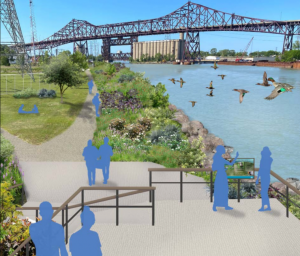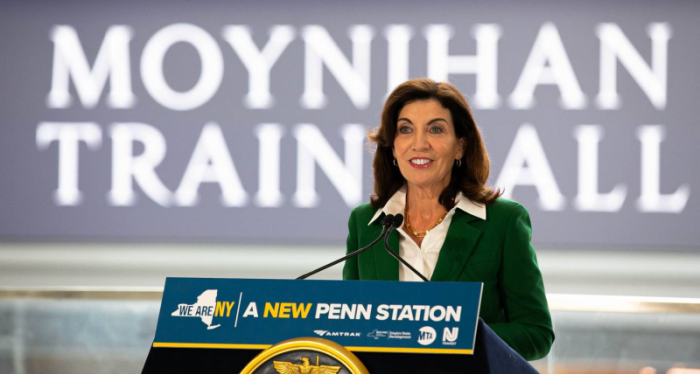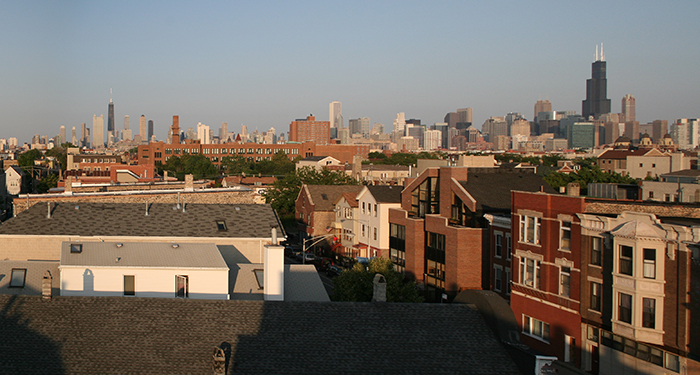
Join the UIC Latino Cultural Center for a series of online conversations with environmental and climate justice leaders from across the country this fall. Their work reveals frameworks and strategies to address the disproportionate impacts of climate change and environmental pollution on communities of color, indigenous, and low-income earners. Students in the Environmental & Climate Justice course* will facilitate the conversations.
RSVP: go.uic.edu/COI22








